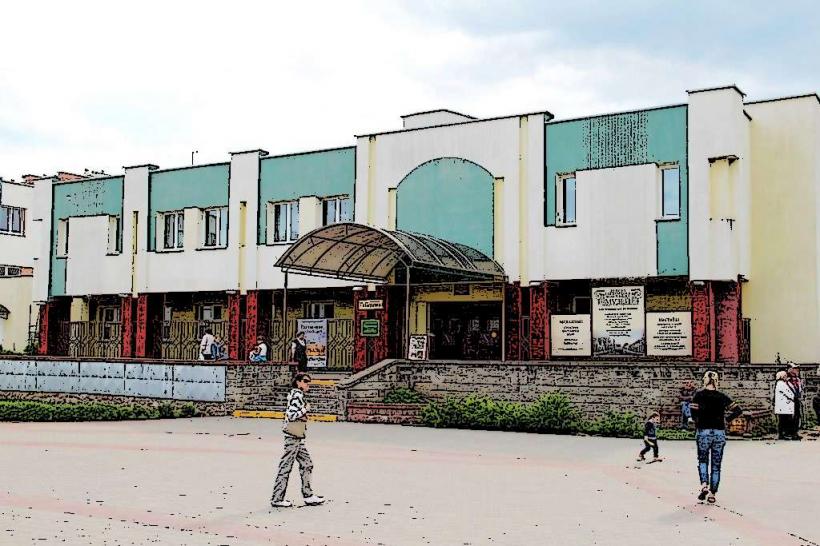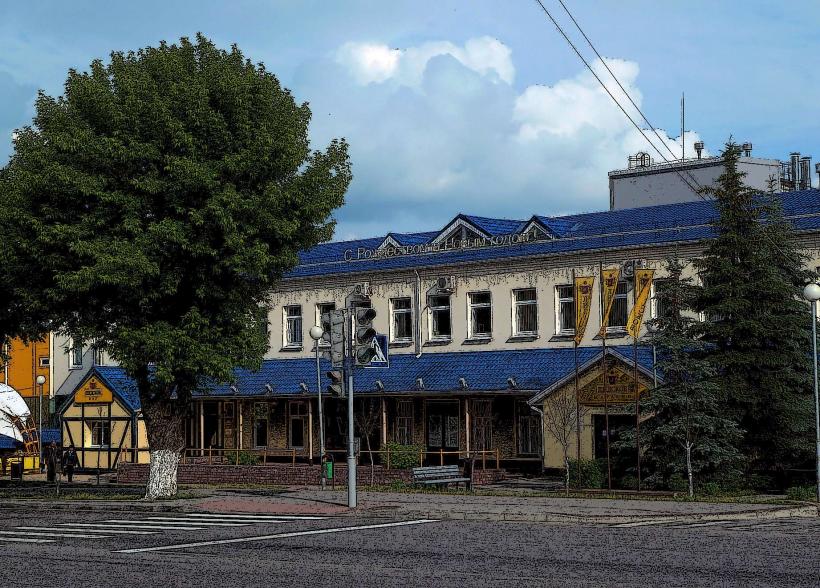Information
Landmark: Lida CastleCity: Lida
Country: Belarus
Continent: Europe
Lida Castle, located in the city of Lida, Belarus, is a medieval fortress with a rich history tied to the defense and development of the Grand Duchy of Lithuania. Built during the reign of Grand Duke Gediminas in the 14th century, the castle played a pivotal role in regional military and political events. Here’s a detailed look at its history, architecture, and significance:
Historical Context
Construction Era:
Lida Castle was constructed around 1323-1324, under the order of Gediminas, a prominent ruler of the Grand Duchy of Lithuania. Its primary purpose was to serve as a defense against the Teutonic Knights, who were aggressively expanding their territory.
Strategic Importance:
- The castle was strategically located near the Neman River and its tributary, the Lida River, making it a critical point for controlling trade routes and defending against invasions.
- It was part of a chain of fortifications designed to protect the Grand Duchy’s borders, including other castles like Kreva, Trakai, and Medininkai.
Military Role:
- Lida Castle withstood multiple sieges and served as a garrison for Lithuanian forces.
- During the 15th century, it became a temporary administrative and defensive hub against the Crimean Tatars.
Architectural Features
Design:
- The castle is trapezoidal, with its walls measuring about 80-85 meters in length and up to 1.8 meters thick.
- Built using a combination of large stones and red bricks, the construction style reflects medieval Lithuanian fortification techniques.
Towers and Walls:
- The walls, reaching up to 12 meters in height, were topped with wooden galleries for archers and guards.
- Initially, there were two main towers, one serving as the gatehouse.
Moat and Courtyard:
- A defensive moat surrounded the castle, which could be filled with water for added protection.
- Inside the walls, the courtyard housed military facilities, storage rooms, and a chapel.
Historical Events
Teutonic Attacks:
- The castle endured attacks by the Teutonic Order but remained resilient due to its strong defensive capabilities.
Union of Kreva (1385):
- Although not the site of the signing, Lida Castle was part of the network of fortifications ensuring security during the negotiations leading to the Union of Kreva, a milestone in Lithuanian-Polish relations.
Wars and Decline:
- In the 16th and 17th centuries, Lida Castle faced destruction and damage during wars with the Russian Empire and Swedish forces.
- By the 18th century, it had lost its military significance and fell into disrepair.
Modern Era and Restoration
Preservation Efforts:
- In the 20th century, efforts were made to restore and preserve the ruins, recognizing the castle’s historical and cultural value.
Tourism:
- Today, Lida Castle is a popular tourist destination, hosting medieval-themed events, reenactments, and cultural festivals.
- The reconstructed sections allow visitors to imagine its former grandeur.
Cultural Significance:
- The castle symbolizes Belarus's medieval heritage and the historical unity of Lithuanian and Belarusian territories.
Visiting Lida Castle
- Location: Situated in the heart of Lida, the castle is accessible by road and rail, making it a convenient stop for travelers exploring Belarus.
- Activities: Visitors can explore the restored walls, towers, and courtyards, as well as attend events that celebrate its medieval history.
Lida Castle stands as a testament to the ingenuity and resilience of medieval fortification. Its storied past connects it to significant events in Eastern European history, making it a fascinating landmark for history enthusiasts.




